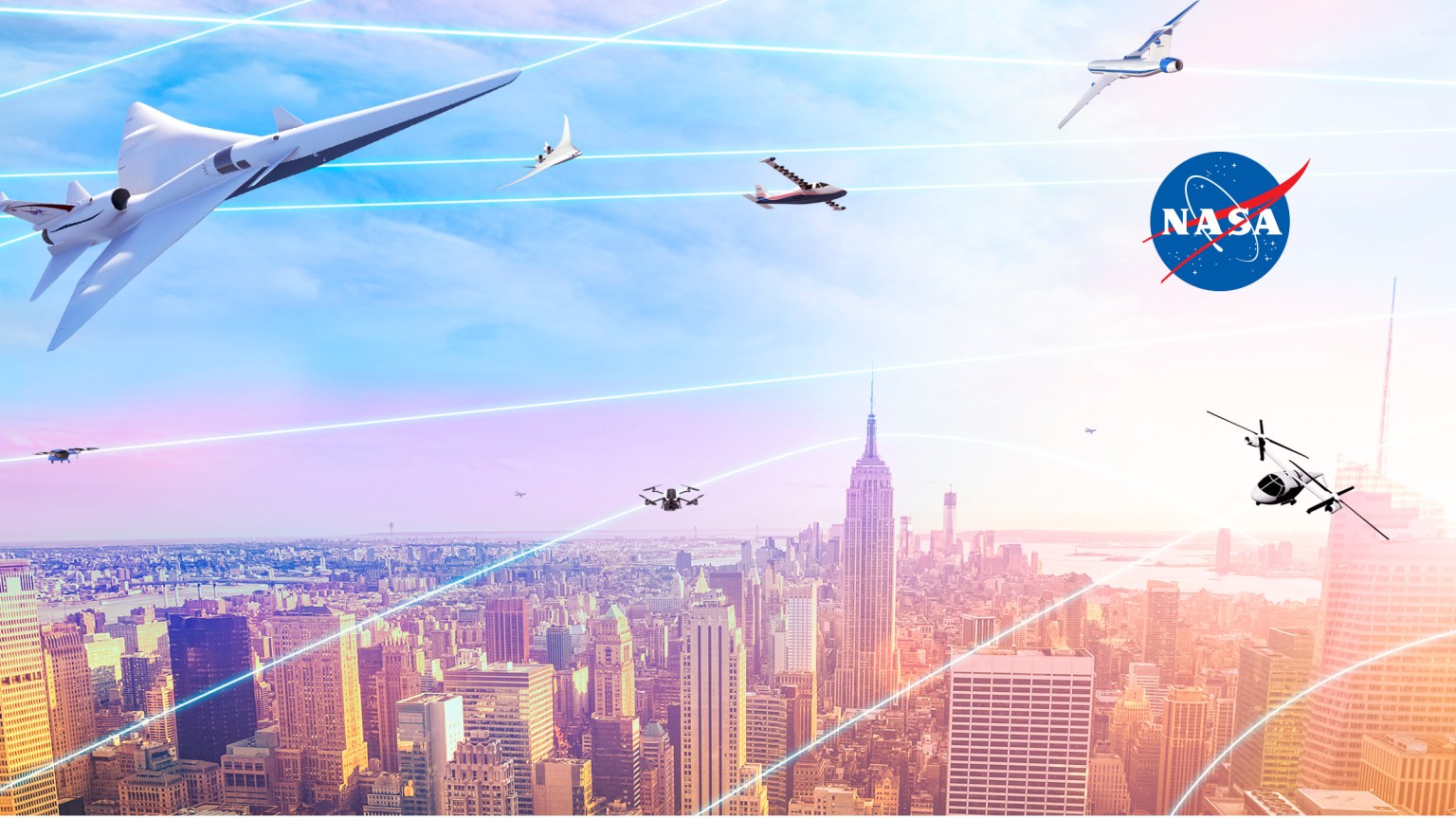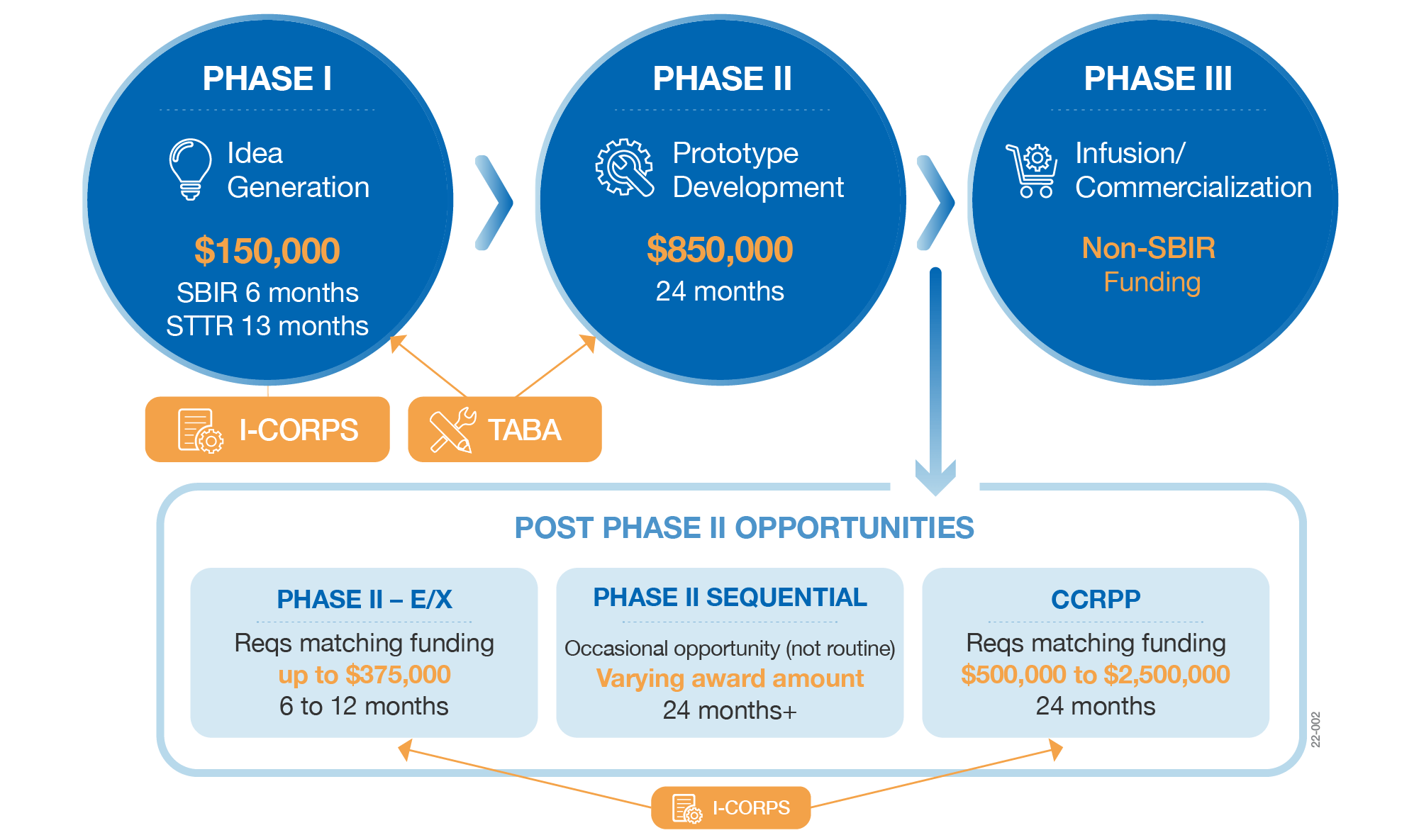
Editor Note: Article written by Nicholas Mercurio
With $20 million in commercial sales and $15 million in sales to government agencies, minority-owned small business Spectral Energies, based in Beavercreek, Ohio, has found a customer base for its pulse-burst laser systems. NASA has played a significant role in developing the technology through the Small Business Innovation Research (SBIR) / Small Business Technology Transfer (STTR) program. With wide-ranging applications including metrology to support commercial aircraft certification, as well as material processing, this technology could pave the way for new forms of passenger aircraft.
The High Cost of Aircraft Certification
Did you know that the Boeing 737 first entered service in 1968? Yet there's a good chance that, if you've flown recently, it was on a Boeing 737. That's due in large part to the cost of certifying new airplanes, which can range in the hundreds of millions of dollars. One place to look for cost savings is the testing process.
When testing a new design for a space vehicle or commercial aircraft, researchers use wind tunnels to simulate flight conditions. The new aircraft or aircraft component-such as a new wing design-is built, put inside the wind tunnel, and evaluated.
NASA has long sought to develop robust modeling and prediction software to significantly reduce the need for wind tunnel testing and expensive flight testing. Such software would allow initial analysis to be done on a computer model to identify performance improvement opportunities and iterate on designs, saving the actual manufacturing and its associated costs for a design much closer to being final. Innovations in laser measurement systems could finally bring this goal within reach.
The Limitations of Traditional Lasers and Early Pulse-Burst Laser Systems
Entering into use in the 1980s and still widely used today, traditional commercial laser systems operate at 10 Hz, meaning they can fire 10 times per second into the air moving around an aircraft in a wind tunnel. This essentially provides a "photograph" of the air flow at that moment.
But a tenth of a second is a long time, especially when NASA wind tunnels can test vehicles at up to ten times the speed of sound. In a tenth of a second, the pocket of air from the previous image has long since moved on, meaning the second image is capturing something completely different than the first and crucial data is lost.
Why is this data crucial? Because when an aircraft has stalled, it's the air flow-how the air moves over, under, and around the aircraft-that matters. This air flow changes rapidly in time, leading to effects like stall and buffet; measurement techniques need to be able to capture these rapid changes. Without a complete, data-backed understanding of air flow moment to moment, efforts to develop accurate modeling software have stalled.
In the late 1990s, pulse-burst laser systems came onto the scene and delivered a dramatic increase in measurement speed. These systems-developed in part with support from the NASA SBIR program-went from producing a set of photograph-like images to delivering a movie-like sequence of data. However, these early systems were difficult to transport and operate, significantly limiting their use.







